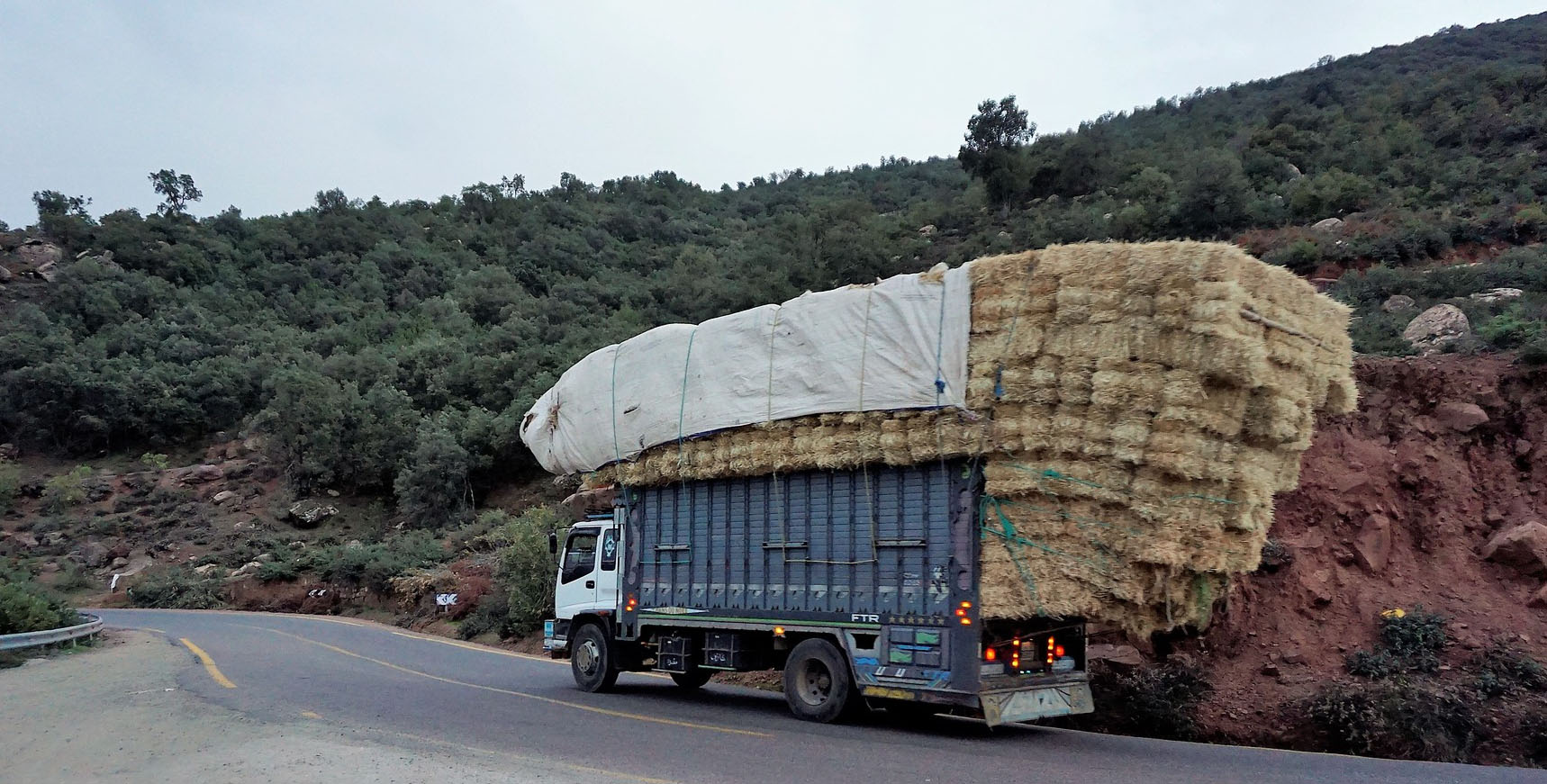
You will already know all about the importance of keeping safe on the road. Although you may be the only one in your vehicle, you are responsible for keeping many people safe. The roads are a communal space and your actions could have serious repercussions for others and it is important to always be mindful of that.
When travelling with a load it is incredibly important that you make sure that it is secure in order to avoid dropping goods onto the road and minimise the risk of an accident. Here’s our guide to containing and securing loads.
When travelling with a load it is important to know that the load will be susceptible to movement. As you travel downhill or brake as your vehicle moves forward you will see the load slightly shift forwards, likewise, if you travel uphill you will notice that the load will move backwards. It is important that this movement is restricted as much as possible in order to avoid accidental loss of cargo, which could cost you time, money and may even result in an accident.
Frictional (tie-down) Lashings
Frictional lashings are lashings that go vertically across the vehicle and over the top of the load to secure the goods and hold them down. Utilising this restraint method means that you will be reliant on friction to prevent movement and to stop the load from sliding. As the load is placed into position for transportation, restraints are added. This helps to secure the load and puts pressure onto the loading surface. The pressure of the restraint system on the surface causes friction which prevents the movement of the goods.
Direct Lashings
Direct lashings work best when the straps are as horizontal as possible. These lashings will hold down part of the load and make a direct connection in the direction that movement occurs. Each time a force is exerted on the load (e.g. the vehicle moves uphill) it is transferred to the lashings, keeping your load secure.
Containment
The main aim of containment is to contain the load within a trailer. This minimises the risk of goods falling into the road. Containment seeks to limit the loading area. The load should be stacked from the headboard and should fill as much space as possible, leaving no more than an 80mm gap between the load and the sides. If the load is multi-stacked or only partially loaded it is important that you utilise additional securing methods in order to prevent movement and stop the load from falling in transit.
When transporting fragile items that may be damaged by the use of ratchet straps you can secure the loads by utilising hammock strapping or suspended sheet/netting systems. With these restraint methods the containment pressure is spread over a larger area allowing them to be secure without damage. Ratchet straps are more concentrated as the containment pressure is spread over a much smaller area to keep goods secure.
A load security refresh is important in order to keep you safe on your travels. Was there anything that we missed? Get in touch via our Facebook page and Twitter account to let us know!
